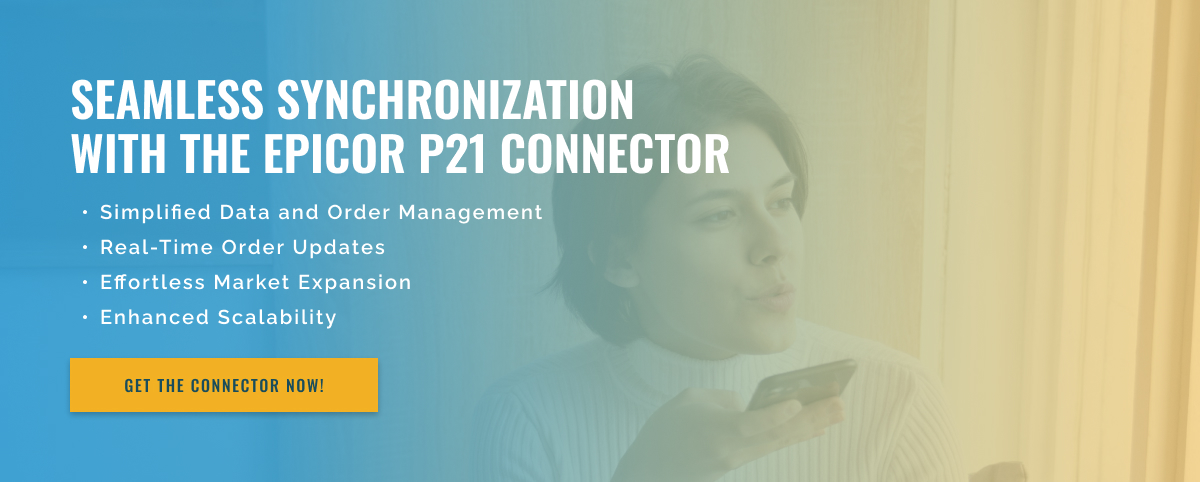3 minute read
Data Migration to Epicor P21: Understanding Your Options
Data migration is an essential process in the transition to a new software system. It involves transferring data from one system to another, ensuring that all information is transmitted accurately and securely. In the world of enterprise resource planning (ERP) systems, data migration plays a key role. Organizations that have decided to migrate to Epicor P21 from their current ERP system may have questions about the data migration process. In this article, we discuss data migration options when moving to Epicor P21 from another system.
Before we dive into the options, it’s important to understand the complexities of data migration. With different data structures, formats, and standards, moving data from one system to another can be a difficult task. One wrong move can result in data loss or corruption, which can have a significant impact on business operations. That is why it is so important to migrate data with the utmost care and precision.
The first data migration option is to manually transfer data from the old system to Epicor P21. This method involves exporting data from the old system, organizing it into the required format, and then importing it to P21. Although this method allows for data customization and control, it can be time-consuming and error-prone.
The second option is to use a third-party data migration tool. Many software vendors offer data migration tools specifically designed to migrate data to Epicor P21. These tools have predefined templates and mapping rules, making the process more efficient and less error-prone. However, these tools may involve additional costs.
Another option is to work with a data migration service provider. These providers have the knowledge and experience in handling data migration for ERP systems. They have automated processes and advanced tools that ensure smooth and accurate migration. This option may be more expensive, but it can save your organization time and effort.
The final option is to combine manual and automatic migration. For example, organizations can use a data migration tool to migrate most of the data and then manually migrate the remaining or modified data.
In summary, data migration is an essential step in moving to Epicor P21. Each option has its advantages and disadvantages, and organizations should carefully evaluate their needs and resources before choosing a method. With proper planning and execution, organizations can successfully transfer their data to Epicor P21 and reap the benefits.

